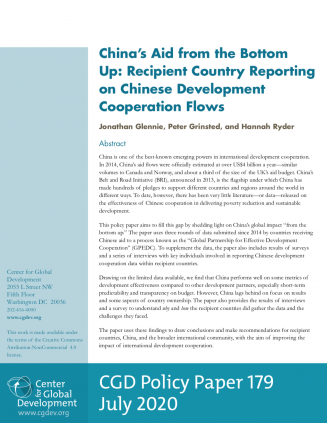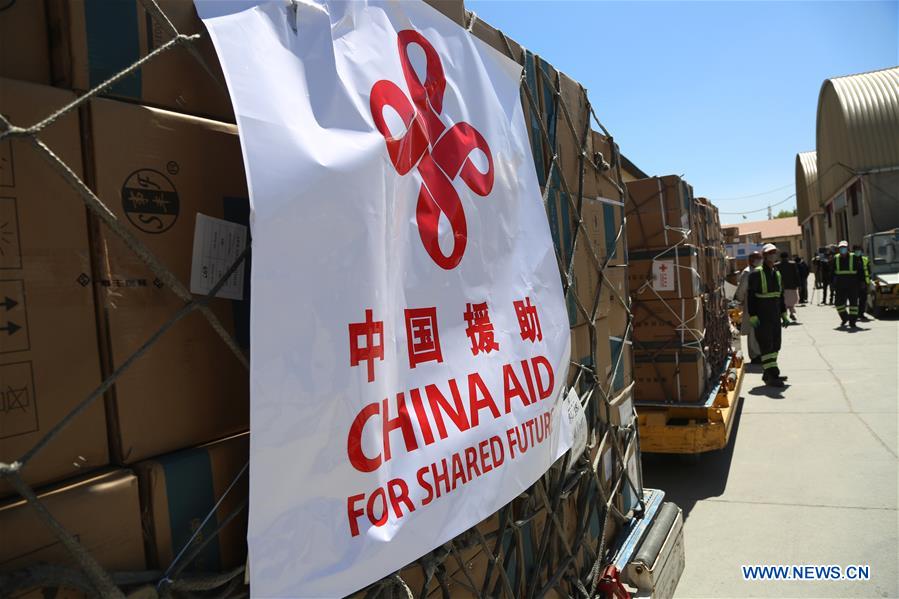China is one of the best-known emerging powers in international development cooperation. In 2014, China’s aid flows were officially estimated at over US$4 billion a year—similar volumes to Canada and Norway, and about a third of the size of the UK’s aid budget. China’s Belt and Road Initiative (BRI), announced in 2013, is the flagship under which China has made hundreds of pledges to support different countries and regions around the world in different ways.
To date, however, there has been very little literature—or data—released on the effectiveness of Chinese cooperation in delivering poverty reduction and sustainable development.
To provide clarity and stimulate debate, Development Reimagined, commissioned by the Center for Global Development, has produced two data driven outputs (a policy paper and policy primer) on Chinese Development Cooperation that aims to engage development organisations, recipient countries and aid providers on issues related to Chinese development cooperation and to help ensure that China, and all development partners are making progress for the benefit of developing countries in line with the UN Sustainable Development Goals.
China’s Aid from the Bottom Up: Recipient Country Reporting on Chinese Development Cooperation Flows

This policy paper aims to fill this gap by shedding light on China’s global impact “from the bottom up.” The paper uses three rounds of data submitted since 2014 by countries receiving Chinese aid to a process known as the “Global Partnership for Effective Development Cooperation” (GPEDC). To supplement the data, the paper also includes results of surveys and a series of interviews with key individuals involved in reporting Chinese development cooperation data within recipient countries.
Drawing on the limited data available, we find that China performs well on some metrics of development effectiveness compared to other development partners, especially short-term predictability and transparency on budget. However, China lags behind on focus on results and some aspects of country ownership. The paper also provides the results of interviews and a survey to understand why and how the recipient countries did gather the data and the challenges they faced.
The paper uses these findings to draw conclusions and make recommendations for recipient countries, China, and the broader international community, with the aim of improving the impact of international development cooperation.
Download the paper from the CGD Website here: download paper
China’s Foreign Aid: A Primer for Recipient Countries, Donors, and Aid Providers

This note aims to help recipient countries understand Chinese aid management and structures by providing an overview of those structures and what they mean for the future of aid from China. The note takes into account two key shifts in Chinese aid management in recent years: the formation of CIDCA, and the Belt and Road Initiative (BRI). We hope this note will also be of interest to development practitioners seeking to better engage with China or to learn from China’s experience.
Download the paper from the CGD Website here: download brief
To find out more about how Development Reimagined can help you with thought-provoking research, contact our team at: clients@developmentreimagined.com
PhotoCredit: Photo taken on April 23, 2020 shows the medical supplies donated by China in Kabul, Afghanistan. (Xinhua/Rahmatullah Alizadah)

Follow us to stay updated
June 2020


